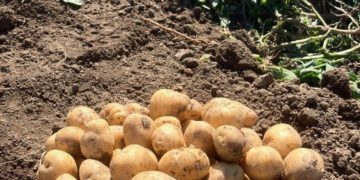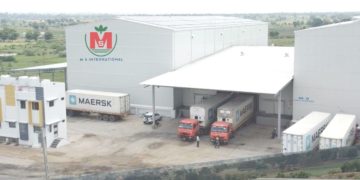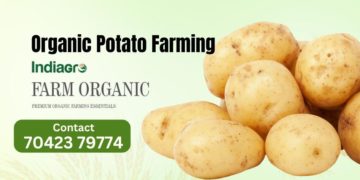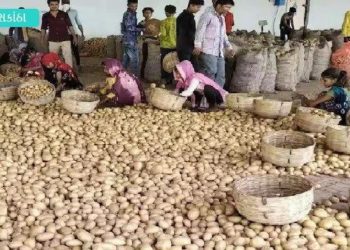The International Potato Center (CIP) has played a crucial role in China’s rise to become the world’s leading potato producer. This article explores the multifaceted contributions of CIP to China’s potato industry and how their collaboration has shaped the country’s agricultural landscape.
Long-standing Collaboration
Since 1978, CIP has been working closely with Chinese institutions, including the Ministry of Agriculture and Rural Affairs and the Chinese Academy of Agricultural Sciences. This decades-long partnership has been instrumental in improving potato and sweet potato production in China.
Genetic Resource Sharing
A cornerstone of CIP’s contribution has been the sharing of genetic resources. China has become the largest recipient of potato and sweet potato genetic materials from CIP’s global gene bank. This access to diverse genetic resources has significantly enhanced China’s ability to develop potato varieties suited to its varied climatic conditions.
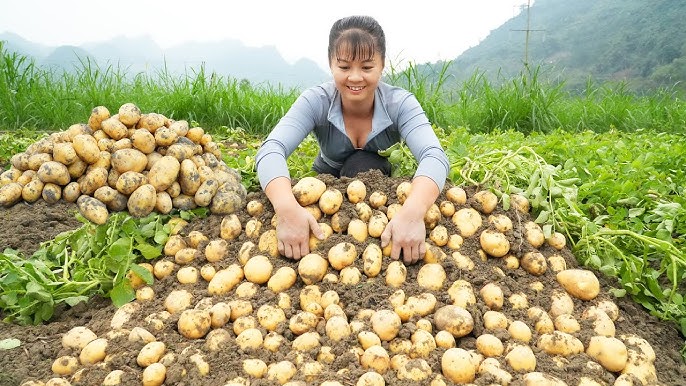
Development of High-Yielding Varieties
CIP’s efforts have led to the development of potato varieties such as “Cooperation 88” and “Jizhangshu”. These varieties now account for about 20 percent of all potato production in China, representing a significant boost to the country’s potato industry. These locally adapted, high-yielding varieties have been crucial in increasing overall production.
Capacity Building and Knowledge Transfer
CIP has played a vital role in training Chinese scientists and students, both in China and at CIP’s headquarters in Lima, Peru. This knowledge transfer has been crucial in building China’s scientific and technical capabilities in potato research and production. The training programs have covered advanced research in breeding, irrigation, and crop rotation technologies.
Climate Change Adaptation
As climate change impacts traditional potato-growing regions in China, CIP is collaborating with Chinese universities, research institutions, and private sector partners to develop new potato varieties specifically bred for future climate conditions. This proactive approach is helping China maintain its position as a top producer by ensuring the long-term sustainability of its potato industry.
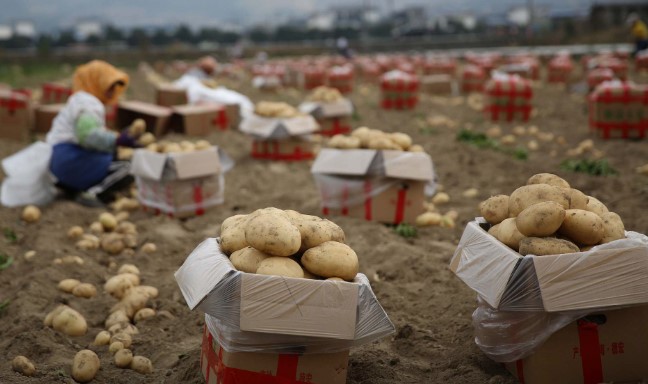
Innovation Facilitation
CIP acts as a facilitator of innovation by connecting Chinese potato companies with international scientists and providing access to cutting-edge technologies. This includes the application of artificial intelligence-driven models to predict water needs, optimize resource use, and ensure sustainable potato production.
Addressing Water Scarcity
Recognizing water scarcity as a major issue, CIP is supporting China in developing and potentially exporting potato varieties that are climate-resilient and water-efficient. This initiative positions China as a potential leader in sustainable potato production in the region.
Cross-Sector Collaboration
CIP is encouraging Chinese companies to adopt innovations from other sectors, such as applying biotechnology expertise from strawberry production to potatoes. This cross-sector collaboration presents significant opportunities for China to advance in high-value crop production and solidify its position as a global leader in potato cultivation.
Conclusion
The International Potato Center’s multifaceted support – from genetic resource sharing to facilitating innovation and addressing climate change – has been instrumental in China’s ascent as the world’s top potato producer. As this collaboration continues to evolve, it promises to further strengthen China’s position in global potato production while addressing key challenges in sustainability and food security.




